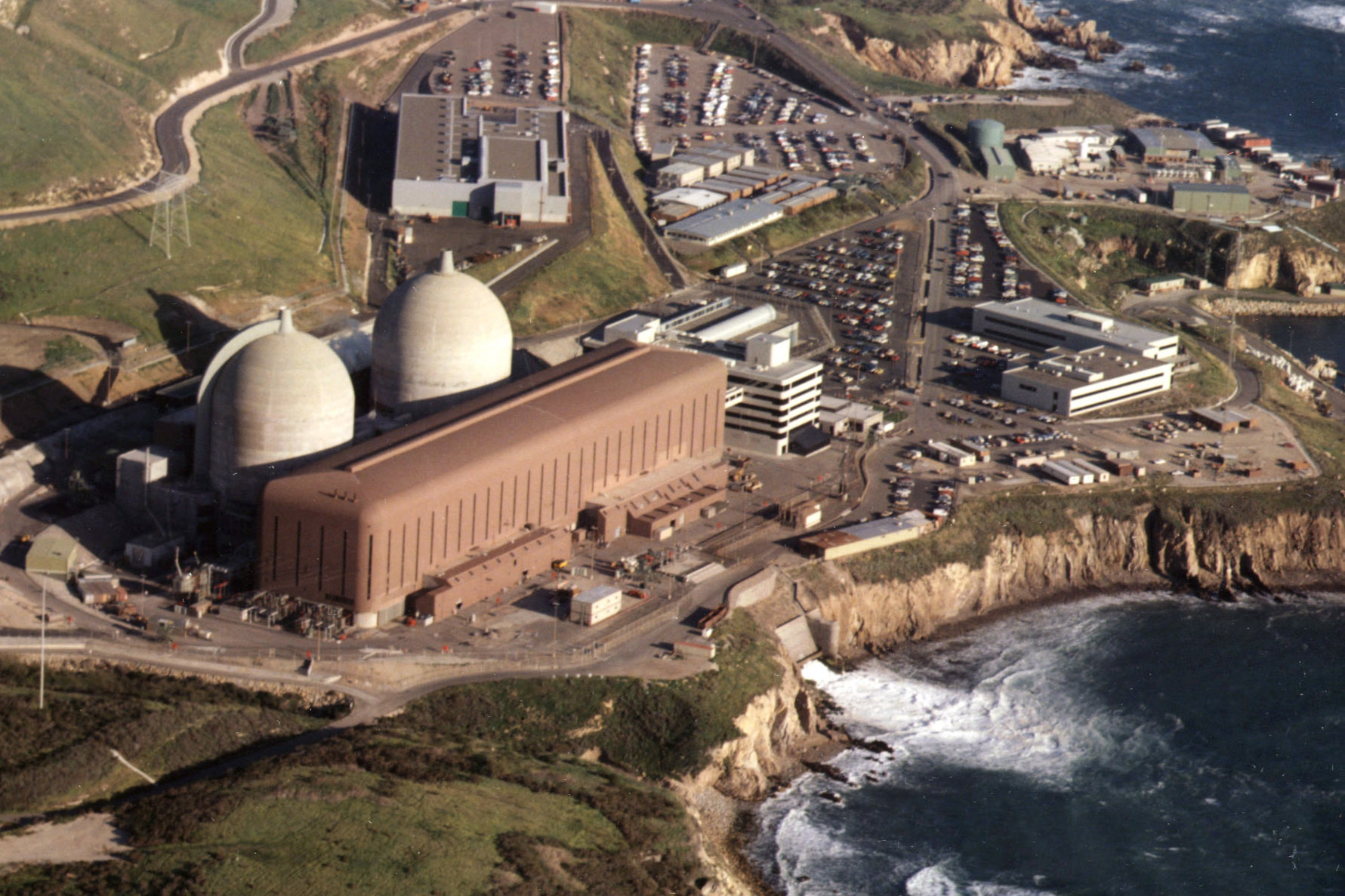Diablo Canyon nuclear plant. (Photo: PG&E)
Last April, Entergy had to close its Indian Point nuclear plant. That’s despite the plant’s being recognized as one of the best-run U.S. nuclear plants. That’s also despite its 20-year license extension process having been nearly completed, with full support from the Nuclear Regulatory Commission.
This closure was due in large part to opposition by antinuclear environmental groups. These groups also mobilized existing negative public opinion on nuclear energy to get politicians to oppose the plant’s license extension. Another factor is unfair market conditions. Nuclear energy doesn’t get due government support—unlike solar, wind, and hydro—despite delivering clean, zero-emissions energy.
Once again, the U.S. fleet has achieved a new personal best, even as utilities and operators face formidable challenges.
In the early years of the Nuclear News capacity factors survey, any factor over 70 was deemed excellent; any factor under 50 was considered poor. By that standard, all but two operating U.S. power reactors chalked up excellent performance during 2017–2019. A record 809.4 TWh of electricity was generated in the United States from nuclear energy in 2019, according to the U.S. Energy Information Administration (EIA), besting the record of 807.1 TWh set in 2018.
Nuclear News staff developed the capacity factors survey in the early 1980s as a way to identify the most productive reactors in an expanding fleet. Fleet improvement was the industry’s self-identified goal, but no one could anticipate the startlingly rapid pace of improvement, spurred by the Institute of Nuclear Power Operations (INPO), which boosted fleetwide performance to highs that continue today.




